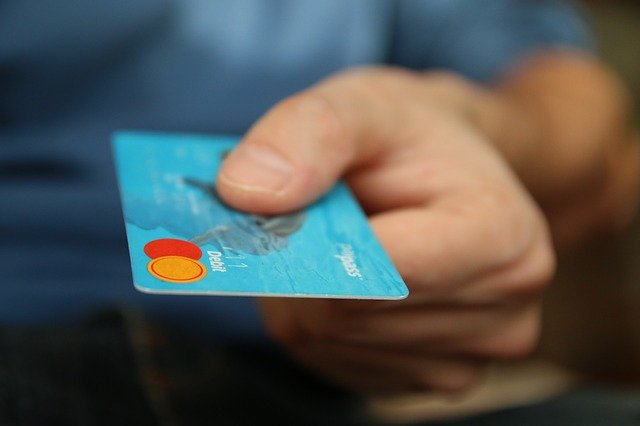Balance Sheet: Definition, Formula, Example – Business Insider
- A balance sheet is a type of financial statement that lists a company’s assets, liabilities, and shareholders’ equity.
- The assets should be in ‘balance’ and equal the total liabilities and shareholders’ equity.
- Balance sheets can provide important financial insight but are also limited to a single day in time.
- Visit Personal Finance Insider for more stories.
A balance sheet is a type of financial statement that outlines a particular business’s assets as well as liabilities, plus the shareholders equity on a specific day. It’s used to evaluate a company’s financial health and is also known as a ‘statement of financial position.’ Businesses use various accounting tools — including a balance sheet — to assess where a company is at financially at a specific point in time.
How a balance sheet works
When it comes to evaluating a company’s financial wellbeing, there are different types of financial statements to look at. A balance sheet is just one type of statement and differs a bit from a profit and loss statement (P&L), which is another commonly used financial report used in evaluating a business’ finances.
“I like to explain to clients that the profit and loss statement is a movie, while the balance sheet is a photo. The P&L reflects income and expenses over time, but the balance sheet shows the company’s financial position within a single fixed moment,” explains Courtney Barbee, owner and COO at The Bookkeeper.
So for example, a P&L statement may be for Q4, a balance sheet may be for one single day at the end of a particular accounting period.
The balance sheet equation is: Assets = Liabilities + Equity
Let’s review what these parts mean individually:
- Assets. This refers to items of monetary value. This includes current and non-current assets and is listed in order of liquidity. So for example, you’ll have your current assets which include cash and cash equivalents, accounts receivable, and inventory. Non-current assets can include things like equipment, investments, copyrights and intellectual property
- Liabilities. This includes money owed for debt or expenses. This also includes current and non-current liabilities. Current liabilities can be accounts payable, current debt obligations, and part of long-term debt obligations. Non-current liabilities may include bonds issued by the company and long-term debt obligations may also be classified under non-current liabilities as well.
- Equity. This is the equity refers to the shareholders’ equity and includes how much shareholders have invested in the company as well as …….
Source: https://www.businessinsider.com/personal-finance/what-is-balance-sheet
